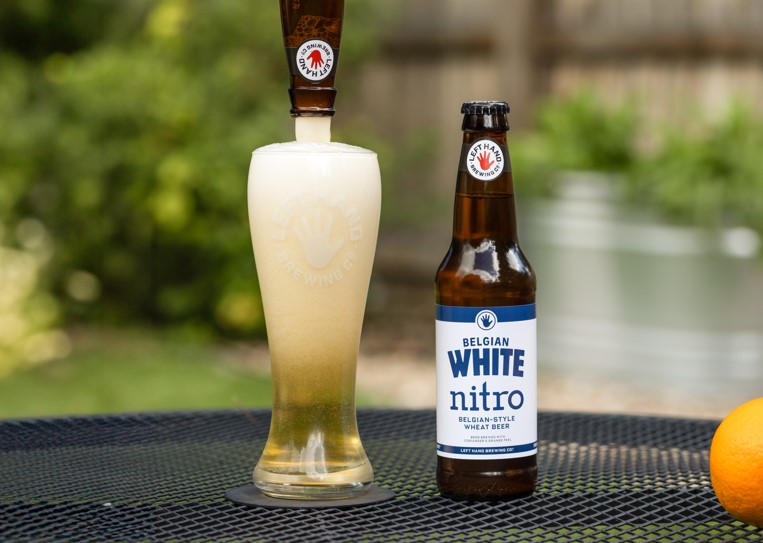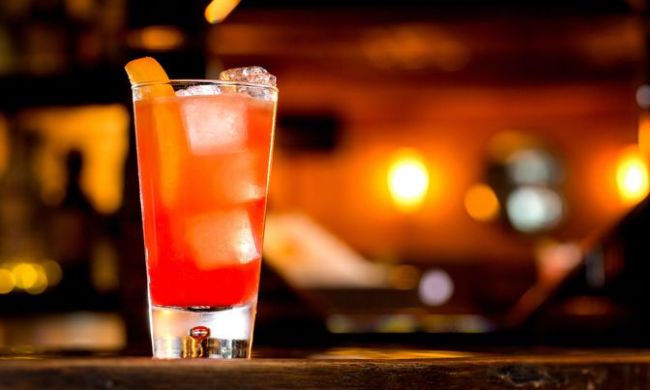
If you’re an avid beer drinker, especially a stout fan, you’ve probably noticed the word “nitro” listed on some bottles and cans. Some of the most well-known nitro beers are Breckenridge Nitro Vanilla Porter, AleSmith Black Velvet, and, of course Guinness Draught Stout.
If you didn’t know it, the folks at Guinness actually created the use of nitrogen gas in beers. Nitro beers are creamy, velvety, and very smooth. How else would you want to drink a Guinness at home, right? While there’s no way to fully recreate the experience of ordering a perfect pint of Guinness Stout at an Irish pub in Dublin, cracking open a creamy nitro can at home is as close as you’re going to get.
As you might have guessed, because of the aromas, flavors, and mouthfeel imparted by nitrogen gas, brewers tend to prefer brewing darker, richer, maltier beers like stouts and porters. One of the first in the US and still one of the most popular nitro beers ever brewed is Left Hand Milk Stout.

That 6% ABV stout is known for its creamy, chocolate, vanilla, brown sugar, and coffee aromas and flavors. It’s so beloved by nitro fans that it came as no surprise when we heard that Left Hand Brewing would be releasing another nitro beer. We assumed it would be another stout or a porter; we never guessed that it would be a Belgian white. Yes, you read that right, a Belgian white.
This 4.8% ABV wheat beer is creamy, smooth, and loaded with flavors and aromas like yeast, orange peel, and coriander. It’s sweet, lightly spiced, and completely pillowy, creamy, and smooth. It’s a very unique flavor profile for a Belgian white, but one that works well. But if you think a Belgian white sounds strange, you’re not alone. Left Hand is the first brewery to make a nitro beer in this style.
A beer like this didn’t develop overnight, though. From the idea to stage to its release, Left Hand Belgian White Nitro spent eighteen months being developed.
“At Left Hand, we’ve always been on the forefront of nitro innovation and regularly explore new recipes and flavors to pilot,” Gary Glass, Head brewer, and former American Homebrewers Association Director, said in a press release. “Belgian White Nitro offers people the refreshing and familiar flavors of a Belgian-style wheat beer enhanced with the addition of nitrogen. The result is a beer that pours with a cascading effect, creating a silky mouthfeel like no other. We’re very proud of this beer and are excited for others to experience it.”
Sadly, chances are you can’t go into your local beer or grocery store to grab a six-pack of this unique nitro beer right away. It’s available on draft at Left Hand Brewing’s Tasting Room in Longmont, Colorado, as well as its restaurant Left Hand RiNo Drinks & Eats in Denver. It is available in six-packs but only in select markets. You’ll have to wait until 2024 for its wide release in all forty-six states where the beer is available.



